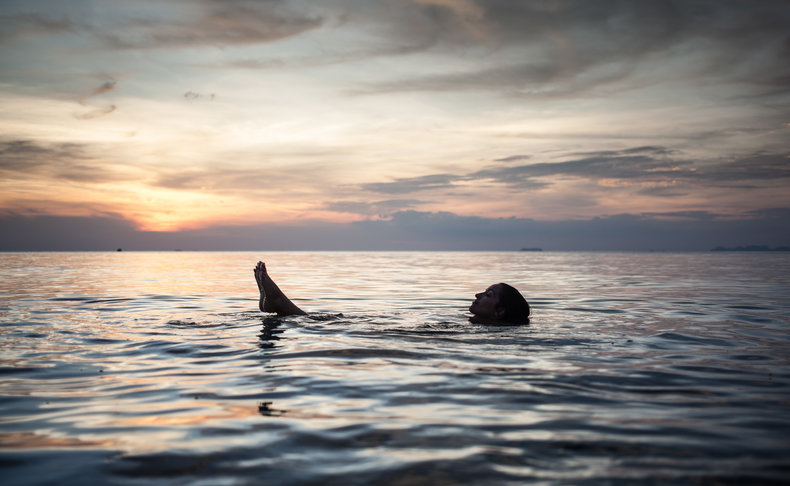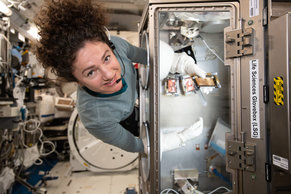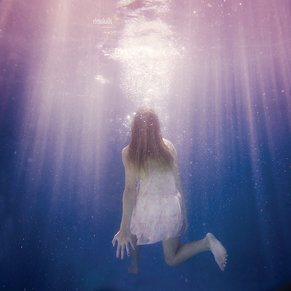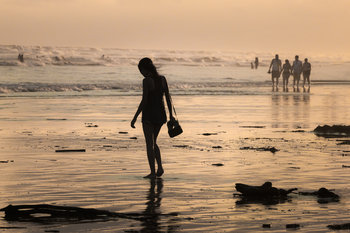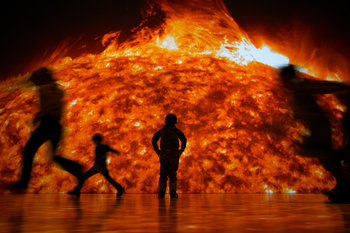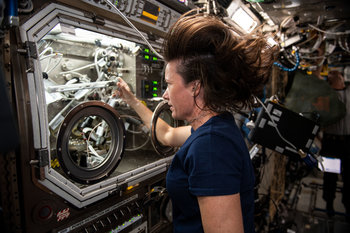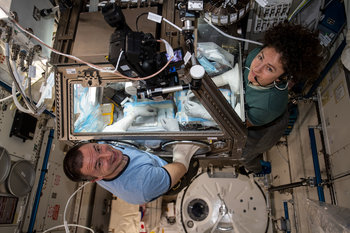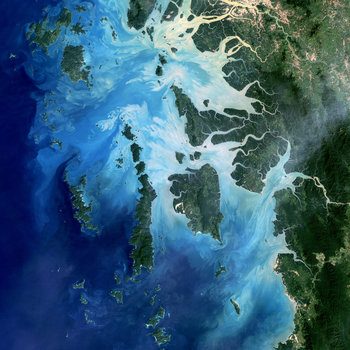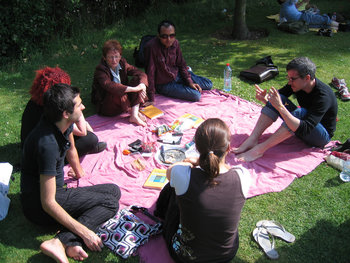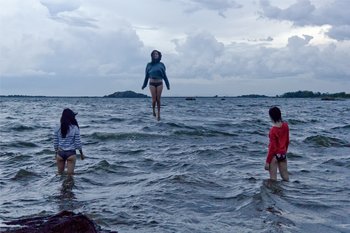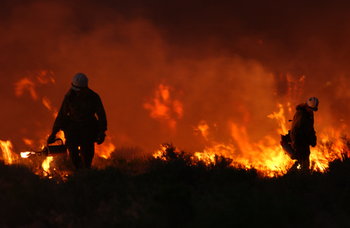|
| |
The ocean is an interconnected body of water that covers approximately 70.8% of the Earth's surface. As the dominant feature of the planet that has an average depth of 2.29 miles, the ocean is mostly unexplored and mysterious. For example, it is thought to have around 2 million species of organism but only about 230,000 of these have been identified. The following are common examples of things, life and phenomenon found in the ocean.Aircraft Wrecks | Algae | Aquatic Insects | Artificial Islands | Artificial Reefs | Atolls | Bacteria | Barnacles | Bays | Beaches | Bioluminescence | Boat Drones (Robotic Boats) | Bridges | Buoys | Clams | Coastal Infrastructure | Coastlines | Conch / Sea Snails | Continental Fault Lines | Continental Shelf | Coral | Crabs | Crustaceans | Currents | Cuttlefish | Divers | Docks | Dolphins | Driftwood | Dugongs | Eddies | Eels | Estuaries | Fish | Fishing Debris | Floating Islands | Floating Solar Panels | Floating Structures | Fossils | Fungi | Garbage Patches | Ghostnets | Giant Squid / Colossal Squid | Hurricanes | Hydrothermal Vents | Icebergs | Icebreakers | Islands | Isopods | Jellyfish | Kelp / Kelp Forests | Krill | Lagoons | Lobster | Manatee | Mangroves | Manta Ray | Marine Debris | Marine Iguana | Marine Microbes | Messages in Bottles | Meteorites | Mollusks | Nanoplastics | Ocean Plastic | Ocras | Octopuses | Offshore Aquaculture (Ocean Fish Farms) | Offshore Wind Farms | Oil Platforms | Organic Debris (e.g. Floating Coconuts) | Oysters | Penguins | Plankton | Polar Bears | Porpoises | Ports | Protozoa | Reefs | Ridges | Rocks | Rogue Waves | Sailboats / Boats | Salt Water | Saltwater Crocodiles | Sand | Sea Caves | Sea Ice | Sea Otters | Sea Snakes | Sea Wasps | Seabirds | Seagrass | Seagulls | Seahorses | Seals | Seas | Seaweed | Sediment | Sharks | Shells | Ship Graveyards | Shipping Containers Lost at Sea | Ships | Shipwrecks | Shrimp | Space Junk (Spacecraft Cemetery) | Sponges | Squid | Stingray | Submarine Cables | Submarine Canyons | Submarine Pipelines | Submarine-launched Nuclear Missiles | Submarines | Sunken Cities (Underwater Ruins) | Surfers | Tarpons | Tidal Turbines | Tide Pools | Tides | Torpedoes | Trenches | Tridents | Tsunami | Turtles | Undersea Rivers | Undersea Tunnels | Underwater Caves | Underwater Statues | Underwater Volcanoes | Urchin | Viruses | Water Pollution | Waterspouts | Wave Power Devices | Waves | Whales | Whirlpools | Worms |
Science
This is the complete list of articles we have written about science.
If you enjoyed this page, please consider bookmarking Simplicable.
ReferencesHallwood, Paul, and Thomas J. Miceli. "Murky waters: The law and economics of salvaging historic shipwrecks." The Journal of Legal Studies 35.2 (2006): 285-302.
© 2010-2023 Simplicable. All Rights Reserved. Reproduction of materials found on this site, in any form, without explicit permission is prohibited.
View credits & copyrights or citation information for this page.
|
